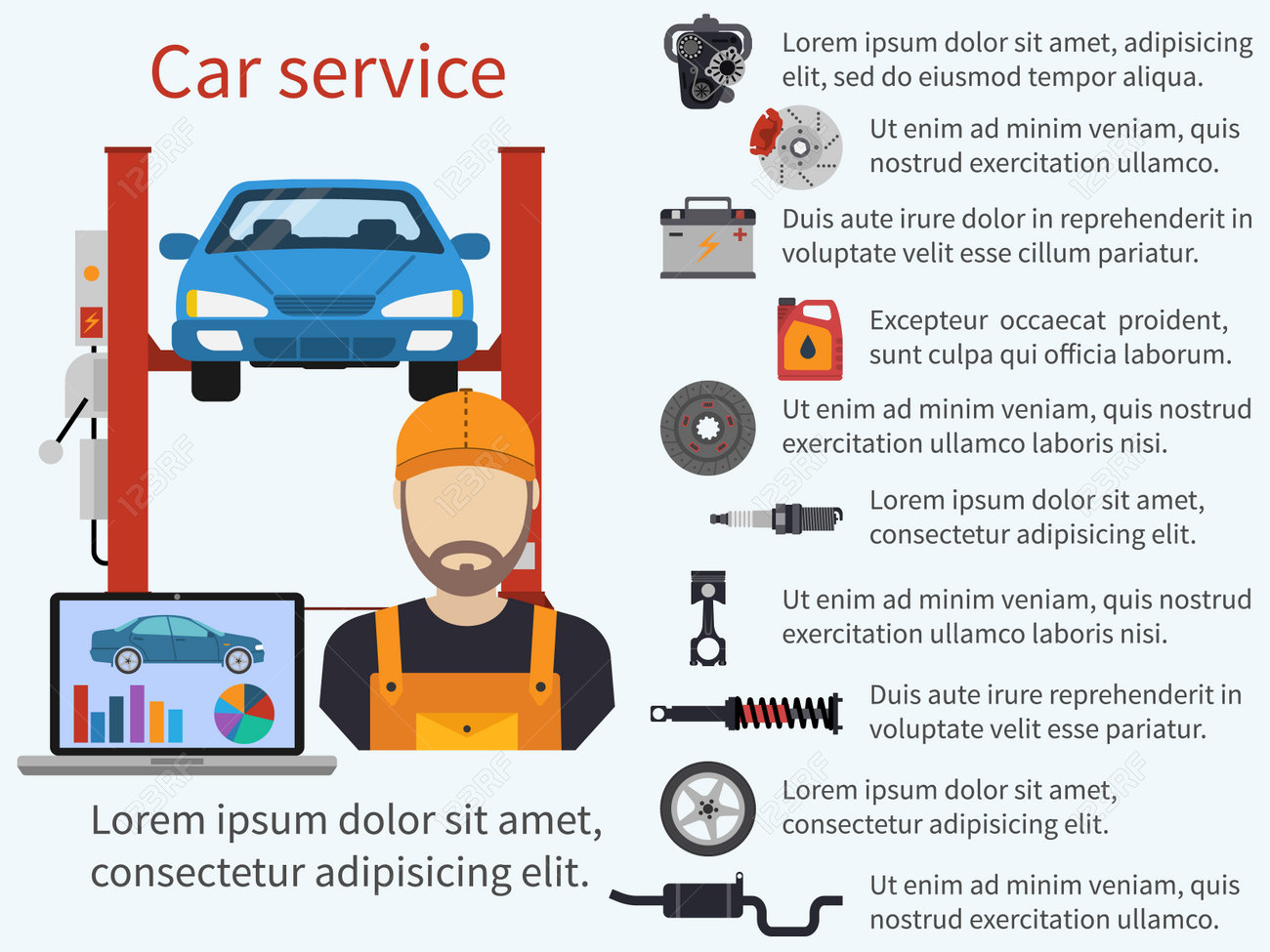Wondering About The Meaning Behind Those Dashboard Warning Lights? Gain Understandings Right Into Their Implications For Your Car'S Safety And Security And Maintenance
Wondering About The Meaning Behind Those Dashboard Warning Lights? Gain Understandings Right Into Their Implications For Your Car'S Safety And Security And Maintenance
Blog Article
Post Written By-Faulkner Forbes
When you're behind the wheel, those beautiful caution lights on your control panel can be a little bit bewildering. Do you understand what they're attempting to tell you about your vehicle's health and wellness? Recognizing the significance of these lights is crucial for your security and the durability of your automobile. So, the following time among those lights turns up, wouldn't you want to decode its message accurately and take the needed steps to address it?
Common Warning Lights and Interpretations
Identify common caution lights in your automobile and understand their significances to guarantee risk-free driving.
One of the most regular warning lights include the check engine light, which indicates issues with the engine or emissions system. If this light begins, it's important to have your lorry checked without delay.
The oil pressure warning light suggests reduced oil pressure, needing immediate focus to avoid engine damages.
A flashing battery light could recommend a malfunctioning charging system, potentially leaving you stranded if not attended to.
The tire pressure surveillance system (TPMS) light informs you to low tire pressure, impacting automobile security and fuel effectiveness. Disregarding this could cause harmful driving problems.
The abdominal muscle light shows a problem with the anti-lock braking system, endangering your ability to stop quickly in emergency situations.
Finally, the coolant temperature cautioning light warns of engine overheating, which can lead to extreme damage otherwise resolved swiftly.
Comprehending these usual caution lights will certainly help you address issues immediately and maintain safe driving problems.
Importance of Prompt Interest
Recognizing the usual warning lights in your car is only the first step; the relevance of quickly resolving these cautions can't be emphasized enough to guarantee your security when traveling.
When a caution light illuminates on your dashboard, it's your automobile's way of interacting a potential concern that requires interest. Neglecting these cautions can result in much more serious troubles down the road, endangering your security and potentially costing you more in repairs.
Prompt focus to advising lights can avoid breakdowns and mishaps. For car paint protection auckland , a flashing check engine light could suggest a misfire that, if left ignored, could create damage to the catalytic converter. Addressing this without delay can conserve you from a pricey repair work.
Likewise, a brake system advising light might signal reduced brake fluid or used brake pads, critical parts for your safety and security when driving.
Do It Yourself Troubleshooting Tips
If you discover a caution light on your control panel, there are a few DIY fixing suggestions you can try before looking for specialist aid.
The very first step is to consult your vehicle's manual to understand what the particular warning light shows. In mouse click the next article can be as basic as a loosened gas cap triggering the check engine light. Tightening https://knoxlgaup.dgbloggers.com/30327845/an-easy-to-follow-method-for-preserving-and-shielding-your-automobile-s-interior may solve the trouble.
An additional usual issue is a low battery, which can set off different alerting lights. Examining the battery links for deterioration and ensuring they're safe and secure may repair the trouble.
If a warning light persists, you can try resetting it by detaching the automobile's battery for a couple of minutes and then reconnecting it. Additionally, examining your car's fluid levels, such as oil, coolant, and brake fluid, can help fix warning lights related to these systems.
Conclusion
In conclusion, understanding your car's caution lights is necessary for maintaining your vehicle running efficiently and securely. By promptly resolving these alerts and understanding what they mean, you can stay clear of expensive fixings and possible malfunctions.
Remember to consult your car's manual for particular information on each cautioning light and act accordingly to make certain a trouble-free driving experience.
Remain notified, remain safe on the road!
